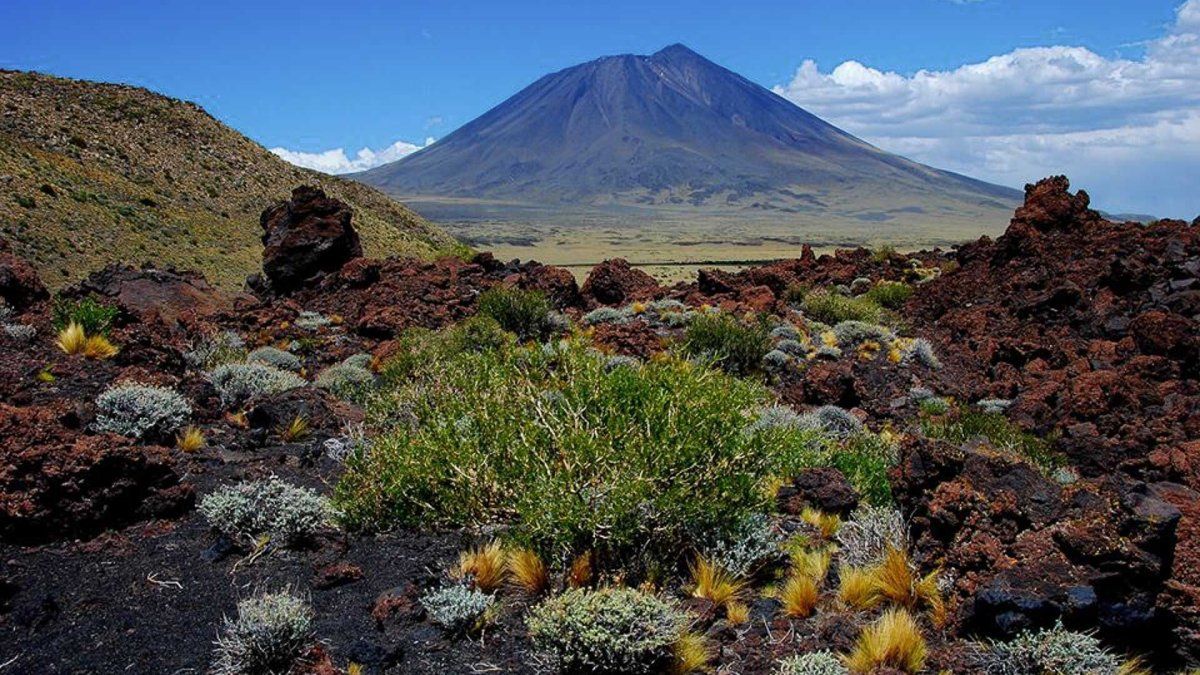Among all the places there are to visit, there are places that, although they have a difficult route to access, keep a unique charm. One of these is The Payuniawhich, although not one of the favorites due to its complicated access, leaves a mark on anyone who visits it.
La Payunia – The Natural Route 1
La Payunia offers tourism incredible landscapes, although accessing the place is not easy at all.
The Natural Route
Where is La Payunia located?
La Payunia is located in the south of the province of Mendoza, in the department of Malargüebetween the districts of Río Grande, Agua Escondida and Río Barrancas. It is located about 90 kilometers from the city of Malargüe and approximately 570 kilometers from the capital city of Mendoza.
Its altitude varies between 1,700 meters above sea level in the lowest areas to around 3,780 meters on the Payún Liso volcano, while Payún Matrú, another of the most imposing volcanoes in the reserve, reaches around 3,750 meters.
What you can do in La Payunia
For those who enjoy active tourism, La Payunia has a range of options that allow you to truly connect with your unique nature. There are full day excursions that they travel volcanic trailssuch as access to the Payún Matrú and Payún Liso volcanoes, viewpoints such as “Los Colores”, the “Campo de Bombas”, the formation known as “La Herradura” and the dark plain of the Pampas Negras.
The reserve also stands out for its biodiversity: during the tour you can see guanacos, choiques, foxes, piches and birds such as the Andean condor. It is an ideal place for landscape photography, wildlife observation and for those who enjoy scenic routes that challenge the senses.
Another memorable experience is “La Pasarela”, a natural access to the Rio Grande where water shaped volcanic rock formationsoffering panoramic views and direct contact with the wild landscape of the reserve.
How to go to La Payunia
Getting to La Payunia requires some logistics, because part of its charm is being far from the city. The most used route starts from Malargüe: Take National Route 40 until it joins Provincial Route 186.. In several sections the road is gravel, and it is recommended to travel in a vehicle with good clearance or four-wheel drive.
It is also mandatory to enter with a guide authorized by the Malargüe Tourism Secretariat: Not all internal trails are marked and some routes can only be crossed if they are prepared.
Source: Ambito
I am an author and journalist who has worked in the entertainment industry for over a decade. I currently work as a news editor at a major news website, and my focus is on covering the latest trends in entertainment. I also write occasional pieces for other outlets, and have authored two books about the entertainment industry.




